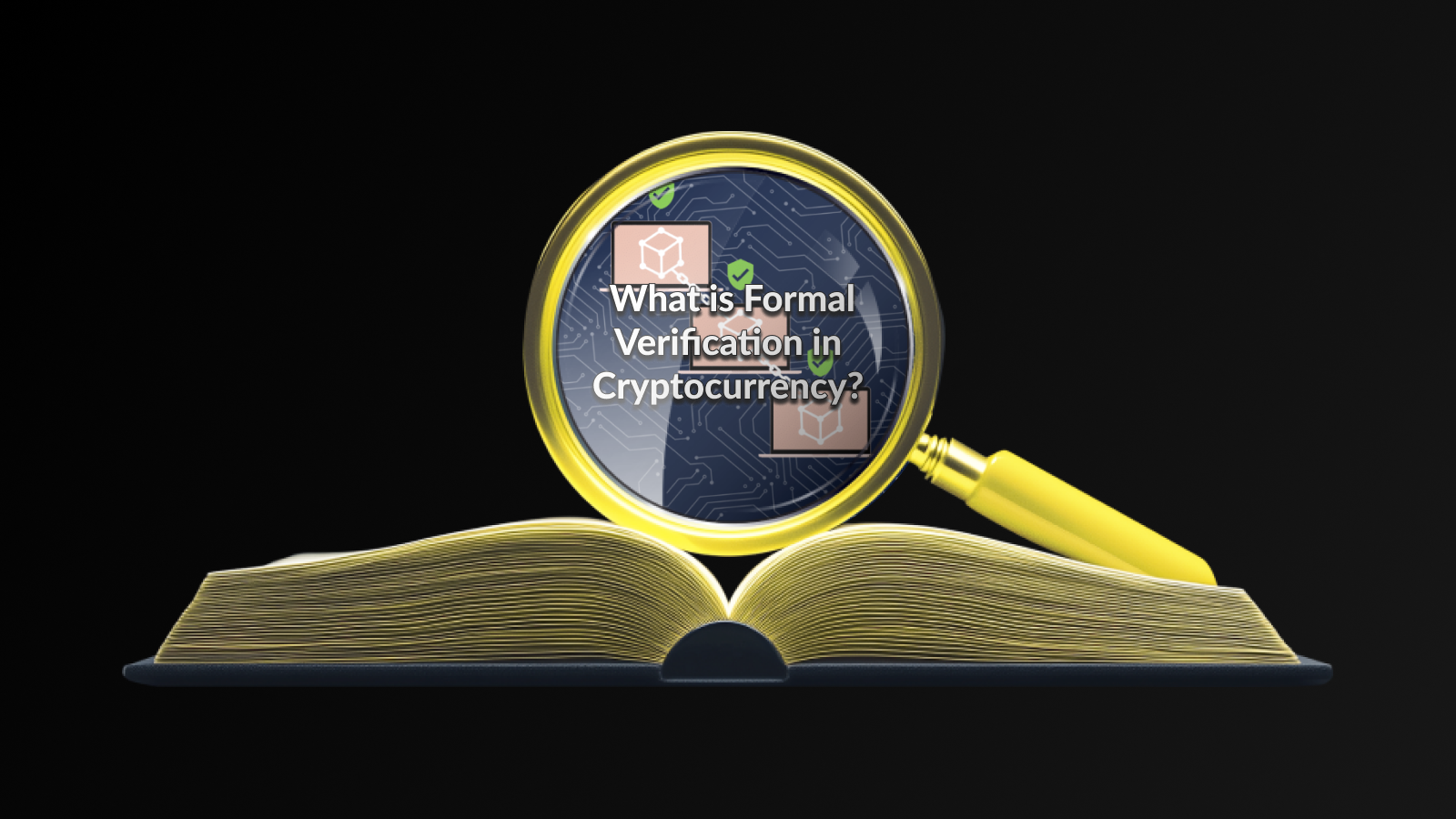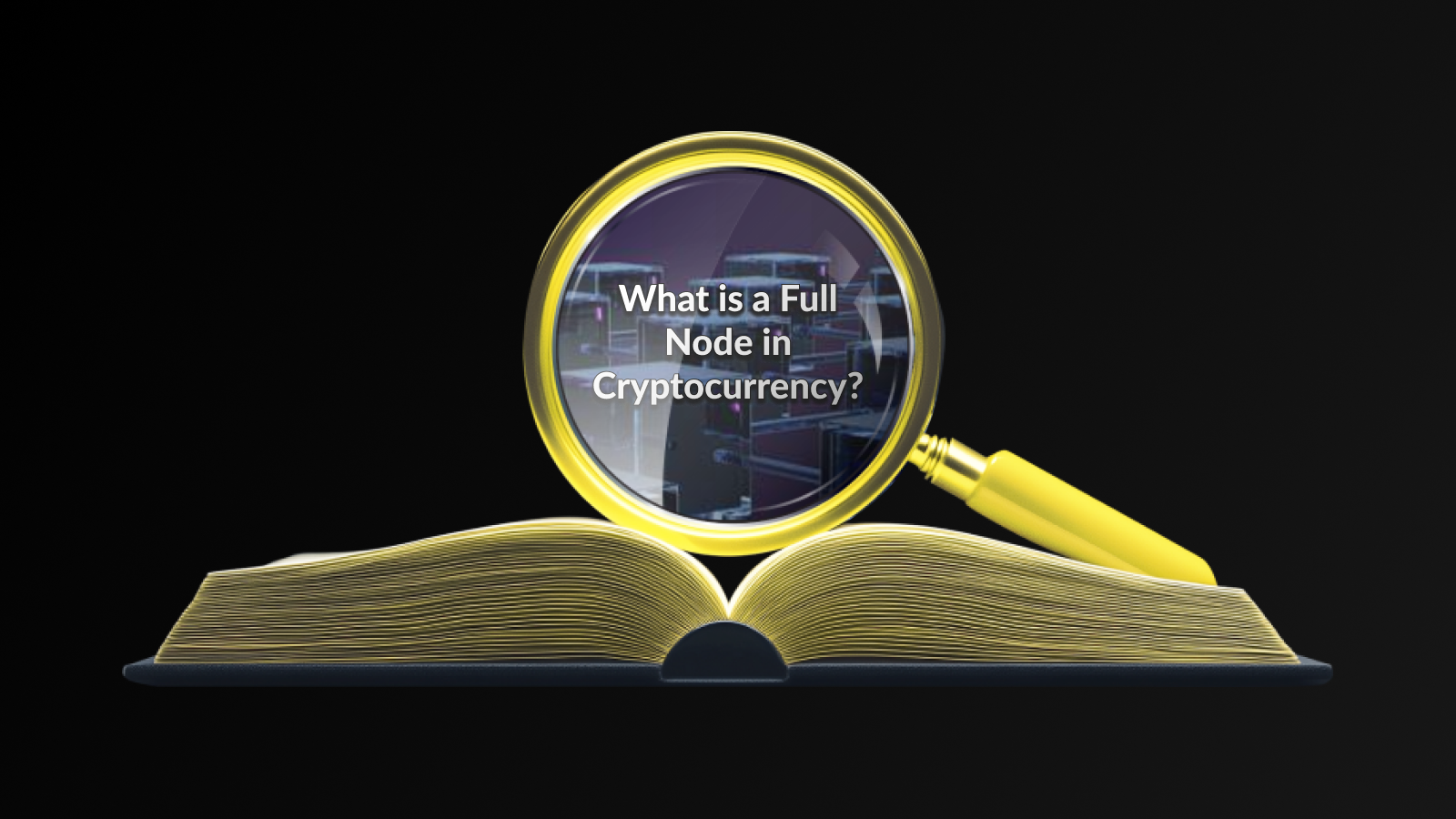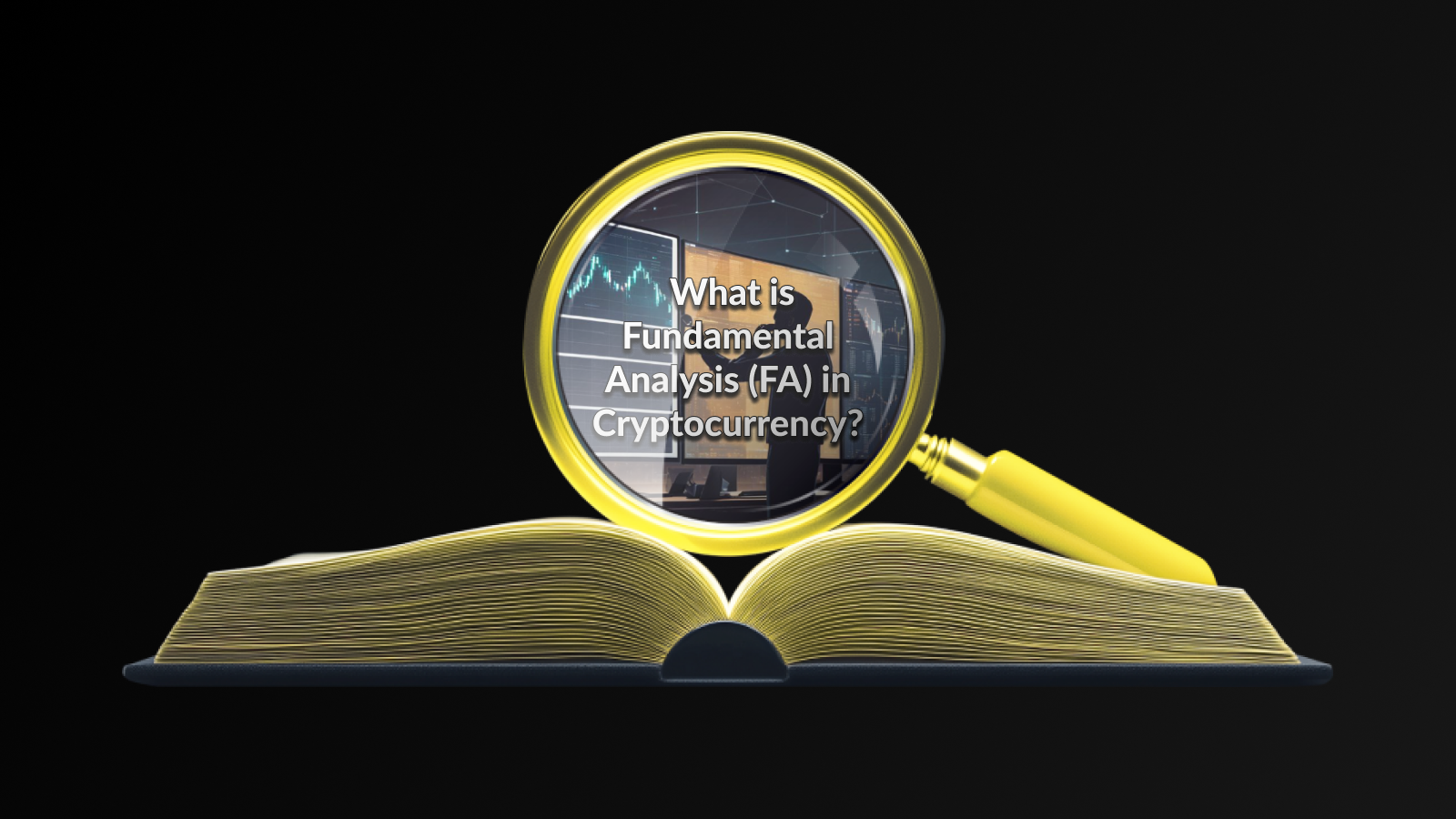Introduction
Formal Verification in Blockchain is a critical process aimed at ensuring the correctness and security of smart contracts and protocols. This method employs mathematical techniques to prove the accuracy of algorithms governing the blockchain, reducing the potential for bugs or vulnerabilities that could be exploited by malicious actors. As the cryptocurrency landscape continues to evolve, the implications for Smart Contract Security become increasingly significant. By rigorously validating the code before deployment, developers can enhance the reliability of decentralized applications and instil greater confidence among users in the security of their transactions.
Moreover, this verification process not only addresses existing flaws but also facilitates compliance with regulatory standards, particularly in financial applications where trust is paramount. Additionally, the proactive nature of formal verification helps in identifying potential risks early in the development lifecycle, ultimately leading to more resilient blockchain solutions. As industries increasingly adopt blockchain technology, the importance of employing formal verification practices will only grow, ensuring safer and more efficient cryptocurrency systems.
How Does Formal Verification Work?
At its core, Formal Verification in Blockchain employs mathematical methods to prove the correctness of algorithms underlying blockchain technologies. This rigorous process often involves creating a formal specification of the system, which details the desired properties and behaviors of the code.
Once the formal specification is established, verification tools analyze the smart contracts using various techniques such as model checking or theorem proving. These tools systematically explore all possible states of the system to ensure that they conform to the defined properties, identifying potential flaws or vulnerabilities.
One of the key approaches used in this process is the creation of models that represent the behavior of smart contracts. These models are then manipulated to verify that all possible paths through the code do indeed uphold the principles of Smart Contract Security. This thorough examination helps to detect logical errors and unintended consequences that could be exploited in a transaction environment.
Additionally, developers can employ a combination of automated tools and manual reviews to enhance the reliability of the verification process. By iterating between model creation, testing, and validation, developers can ensure high levels of security and functionality within their blockchain applications.
The integration of Formal Verification in Blockchain technology offers numerous advantages that can significantly enhance the security and reliability of blockchain applications. One of the primary benefits is the enhancement of Smart Contract Security. By mathematically proving that smart contracts adhere to their specifications, developers can eliminate vulnerabilities that could be exploited by malicious actors, thereby safeguarding user assets.
In addition to improving security, formal verification provides greater transparency and trust in decentralized applications. Users can have confidence in the correctness of the code without needing to rely solely on audits or third-party assessments. This leads to a more robust ecosystem where participants can engage in transactions with reduced fear of fraud or manipulation.
Moreover, the formal verification process encourages best practices in programming. Developers are incentivized to create cleaner, more efficient code, which ultimately results in better performance and maintainability of blockchain systems. This shift towards high-quality coding also minimizes the likelihood of bugs and errors that could compromise the functionality of smart contracts.
The adoption of formal verification can significantly accelerate the maturation of blockchain technology. By establishing standards for code correctness, development cycles can become more streamlined, allowing teams to focus on innovation rather than continually addressing security concerns. As formal verification gains traction, it could serve as a critical pillar in the evolution and acceptance of blockchain solutions across various industries.
Challenges and Limitations of Formal Verification
While Formal Verification in Blockchain offers substantial advantages in enhancing security and reliability, it is not without its challenges and limitations. Understanding these factors is crucial for stakeholders involved in blockchain technology and smart contracts.
One of the primary challenges is the complexity of smart contracts themselves. Many blockchain-based applications involve intricate logic and interactions which can make thorough smart contract security verification difficult. As the complexity increases, so does the time, effort, and computational resources required for verification.
Moreover, the tools and methodologies available for formal verification can sometimes lag behind the fast-paced development of the blockchain ecosystem. This can lead to situations where developers do not have access to adequate resources to perform these validations effectively, potentially compromising the security of their applications.
Another limitation is that formal verification often deals with theoretical models rather than practical implementations. This means that even if a smart contract is verified under certain conditions, unforeseen real-world interactions and edge cases may lead to vulnerabilities not covered by the initial formal checks.
There is a steeper learning curve associated with formal verification techniques. Developers may require specialized knowledge in mathematical methods and formal languages, which can deter widespread adoption within the developer community, leaving many projects vulnerable to risks associated with unverified smart contracts.
Disclaimer
This article is for informational purposes only and does not constitute financial, legal, or investment advice. Cryptocurrency and blockchain technology carry inherent risks, including software vulnerabilities and security issues. Always consult a professional advisor before making any investment or technical decisions.
Click for more Darkex education articles.





